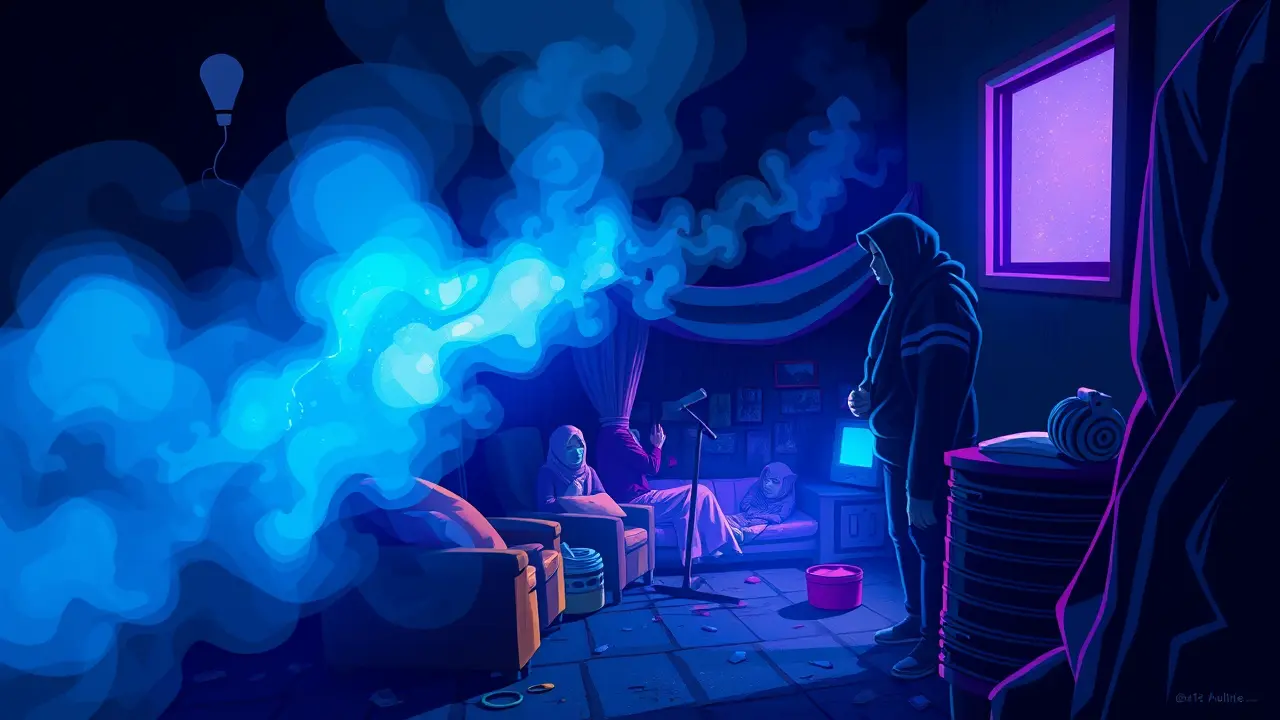Infant killed by police tear gas during Madagascar protests.
The air in Antananarivo still carries the ghost of the gas, a chemical specter that settled not just in the lungs of protesting youth but in the cramped, single-room dwelling where an infant, whose name the world will likely never know, took a final, ragged breath. This is the human cost of the Gen Z protests that have gripped Madagascar, a ledger written not in economic forecasts but in the silent crib of a child.The protests themselves are a raw, visceral response to a systemic failure of staggering proportions: a generation of young people, the majority of whom are unemployed, who see no future in the lush landscapes of their island nation. They are the children of a resource-rich country paradoxically crippled by poverty, where the promise of a stable job is a fantasy for most under the age of thirty.The scene that unfolded was one of chaotic desperation. Young men and women, their faces masked by scarves, filled the streets, their chants a unified demand for opportunity, for dignity, for a chance to build a life.In response, the state deployed the tools of modern crowd control. Canisters of tear gas, designed to disperse, to incapacitate, arced through the air, their contents seeping through the thin walls of makeshift homes that line the protest routes.Inside one such home, the chemical agent became an indiscriminate killer. The infant’s physiology, so vulnerable, could not process the irritant.There was no riot shield to hide behind, no gas mask to don, only the cruel, indifferent physics of a toxic cloud entering a space meant for safety. To understand this tragedy is to look beyond the single, horrific incident and into the deep, festering wound of Madagascar’s youth unemployment crisis.The numbers are not just statistics; they are a portrait of a generation in stasis. Over 70% of young Malagasy are neither in employment, education, nor training.They are a massive, disaffected cohort inheriting a legacy of political instability and economic mismanagement, where decades of cyclical crises have prevented the development of a diversified economy capable of absorbing them. The agricultural sector, the traditional employer, is plagued by land insecurity and climate shocks, while the formal private sector remains stunted.This creates a pressure cooker of frustration, where the only outlet for a collective scream is the public square. The use of tear gas in such a densely populated urban environment is not a neutral act of policing; it is a strategic choice with known, and often ignored, lethal potential.Human rights organizations have long documented the dangers of deploying these chemical weapons in confined residential areas, warning of their impact on the most vulnerable: children, the elderly, those with pre-existing respiratory conditions. The death of this infant is not an anomaly but a predicted outcome, a consequence of a security calculus that too often discounts the value of life on the margins.The political fallout is already simmering. The government’s initial statement, likely to express regret while deflecting blame onto the ‘violence of a few agitators,’ will ring hollow in the ears of a mourning family and an enraged community.This single death has the power to crystallize the diffuse anger of the protests, transforming a broad economic grievance into a potent, personal symbol of state failure. It provides a face—a heartbreakingly small one—to the abstract struggle, a narrative that opposition figures and civil society leaders will inevitably seize upon to galvanize further action.The international community watches, issuing the standard calls for restraint and investigation, but the real reckoning will happen in the streets of Madagascar’s cities. Will this tragedy fracture the protest movement, instilling a fear that quells dissent? Or will it pour gasoline on the embers of discontent, forging a more determined and widespread resistance? The infant’s death is a stark, terrible crossroads.It exposes the brutal intersection of economic despair and state power, a reminder that when a society fails its youth, the collateral damage is measured in the most innocent of lives. The protests are about counting the cost of unemployment, but this week, the most devastating cost was a life that never got the chance to seek a job at all.
It’s quiet here...Start the conversation by leaving the first comment.
© 2025 Outpoll Service LTD. All rights reserved.
